1/9
organic materials– including full kaftans– amazingly survive from 6-9c CE Alanic cemeteries in the foothills and mountainous regions of the N. Caucasus. This autumn I traveled to the N. Caucasus to visit Alanic cemeteries and regional museum collections for research
BH
organic materials– including full kaftans– amazingly survive from 6-9c CE Alanic cemeteries in the foothills and mountainous regions of the N. Caucasus. This autumn I traveled to the N. Caucasus to visit Alanic cemeteries and regional museum collections for research
BH
2/9
The Alans utilized rock walls and rock terraces to built their cemeteries. Sometimes they carved niches in the soft sandstone rock walls, as for example here in the Khasaut valley
 https://abs.twimg.com/emoji/v2/... draggable="false" alt="📸" title="Camera with flash" aria-label="Emoji: Camera with flash">: those niches on the walls are individual burials (my husband Gleb is a great scale!)
https://abs.twimg.com/emoji/v2/... draggable="false" alt="📸" title="Camera with flash" aria-label="Emoji: Camera with flash">: those niches on the walls are individual burials (my husband Gleb is a great scale!)
BH
The Alans utilized rock walls and rock terraces to built their cemeteries. Sometimes they carved niches in the soft sandstone rock walls, as for example here in the Khasaut valley
BH
3/9
Sometimes the Alans built cist tombs (a rock coffin) along rocky terraces and on rock ledges in forested gorges and mountain sides, as for example here at Moshchevaia Balka ( https://abs.twimg.com/emoji/v2/... draggable="false" alt="📸" title="Camera with flash" aria-label="Emoji: Camera with flash">: view of the western terrace of Moshchevaia Balka; the cist tomb formations are now destroyed)
https://abs.twimg.com/emoji/v2/... draggable="false" alt="📸" title="Camera with flash" aria-label="Emoji: Camera with flash">: view of the western terrace of Moshchevaia Balka; the cist tomb formations are now destroyed)
BH
Sometimes the Alans built cist tombs (a rock coffin) along rocky terraces and on rock ledges in forested gorges and mountain sides, as for example here at Moshchevaia Balka (
BH
4/9
organic materials, which rarely survive from this period, were preserved in these cemeteries b/c the rock kept the materials from resting up against acidic earth + the tombs were sealed which kept oxygen from seeping in
BH
organic materials, which rarely survive from this period, were preserved in these cemeteries b/c the rock kept the materials from resting up against acidic earth + the tombs were sealed which kept oxygen from seeping in
BH
5/9
I studied kaftans at the Karachaevo-Cherkessk Regional Museum in Cherkessk (Russia). This is one of several nearly complete linen kaftans from Nizhnii Arkhyz that I closely examined (the header https://abs.twimg.com/emoji/v2/... draggable="false" alt="📸" title="Camera with flash" aria-label="Emoji: Camera with flash"> is a detail of the collar)
https://abs.twimg.com/emoji/v2/... draggable="false" alt="📸" title="Camera with flash" aria-label="Emoji: Camera with flash"> is a detail of the collar)
BH
I studied kaftans at the Karachaevo-Cherkessk Regional Museum in Cherkessk (Russia). This is one of several nearly complete linen kaftans from Nizhnii Arkhyz that I closely examined (the header
BH
6/9
a closer detail of the collar w/ a frog, a cloth loop closure, that can hold the front panel closed around the neck. This double-axe/crescent motif silk is very likely locally produced by the Alans. Textile conservator Martina Ferrari @metmuseum & I are writing about it
BH
a closer detail of the collar w/ a frog, a cloth loop closure, that can hold the front panel closed around the neck. This double-axe/crescent motif silk is very likely locally produced by the Alans. Textile conservator Martina Ferrari @metmuseum & I are writing about it
BH
7/9
some kaftans were made of 1 layer of fabric, while others were lined w/ fleece or fur– summer and winter models! Some kaftans were plain linen, some had silk trim & still others were covered entirely w/ silk https://abs.twimg.com/emoji/v2/... draggable="false" alt="📸" title="Camera with flash" aria-label="Emoji: Camera with flash">: intact wool lining on lower hem of kaftan from Nizhnii Arkhyz
https://abs.twimg.com/emoji/v2/... draggable="false" alt="📸" title="Camera with flash" aria-label="Emoji: Camera with flash">: intact wool lining on lower hem of kaftan from Nizhnii Arkhyz
BH
some kaftans were made of 1 layer of fabric, while others were lined w/ fleece or fur– summer and winter models! Some kaftans were plain linen, some had silk trim & still others were covered entirely w/ silk
BH
8/9
Moshchevaia Balka is esp. dear to me. A paper I wrote on the ‘senmurv’ kaftan from MB as an MA @NYUIFA 1st introduced me to the world of ancient fashion & all the things dress can do beyond cover & adorn
 https://abs.twimg.com/emoji/v2/... draggable="false" alt="📸" title="Camera with flash" aria-label="Emoji: Camera with flash">:at MB in 2019; 2012 w/ that kaftan on 1st visit @state_hermitage
https://abs.twimg.com/emoji/v2/... draggable="false" alt="📸" title="Camera with flash" aria-label="Emoji: Camera with flash">:at MB in 2019; 2012 w/ that kaftan on 1st visit @state_hermitage
BH
Moshchevaia Balka is esp. dear to me. A paper I wrote on the ‘senmurv’ kaftan from MB as an MA @NYUIFA 1st introduced me to the world of ancient fashion & all the things dress can do beyond cover & adorn
BH
9/9
for further https://abs.twimg.com/emoji/v2/... draggable="false" alt="📚" title="Books" aria-label="Emoji: Books"> on Alanic dress check out the work of Anna Ierusalimskaia, Zvezdana Dode & Olga Orfinskaia! See esp Ierusalimskaia’s 2012 Moshchevaia Balka ( https://cornell.on.worldcat.org/oclc/830310420 )">https://cornell.on.worldcat.org/oclc/8303... & Dode’s 2001 Srednevekovyi kostium narodov severnogo Kavkaza ( https://cornell.on.worldcat.org/oclc/49509343 )
https://abs.twimg.com/emoji/v2/... draggable="false" alt="📚" title="Books" aria-label="Emoji: Books"> on Alanic dress check out the work of Anna Ierusalimskaia, Zvezdana Dode & Olga Orfinskaia! See esp Ierusalimskaia’s 2012 Moshchevaia Balka ( https://cornell.on.worldcat.org/oclc/830310420 )">https://cornell.on.worldcat.org/oclc/8303... & Dode’s 2001 Srednevekovyi kostium narodov severnogo Kavkaza ( https://cornell.on.worldcat.org/oclc/49509343 )
BH">https://cornell.on.worldcat.org/oclc/4950...
for further
BH">https://cornell.on.worldcat.org/oclc/4950...

 Read on Twitter
Read on Twitter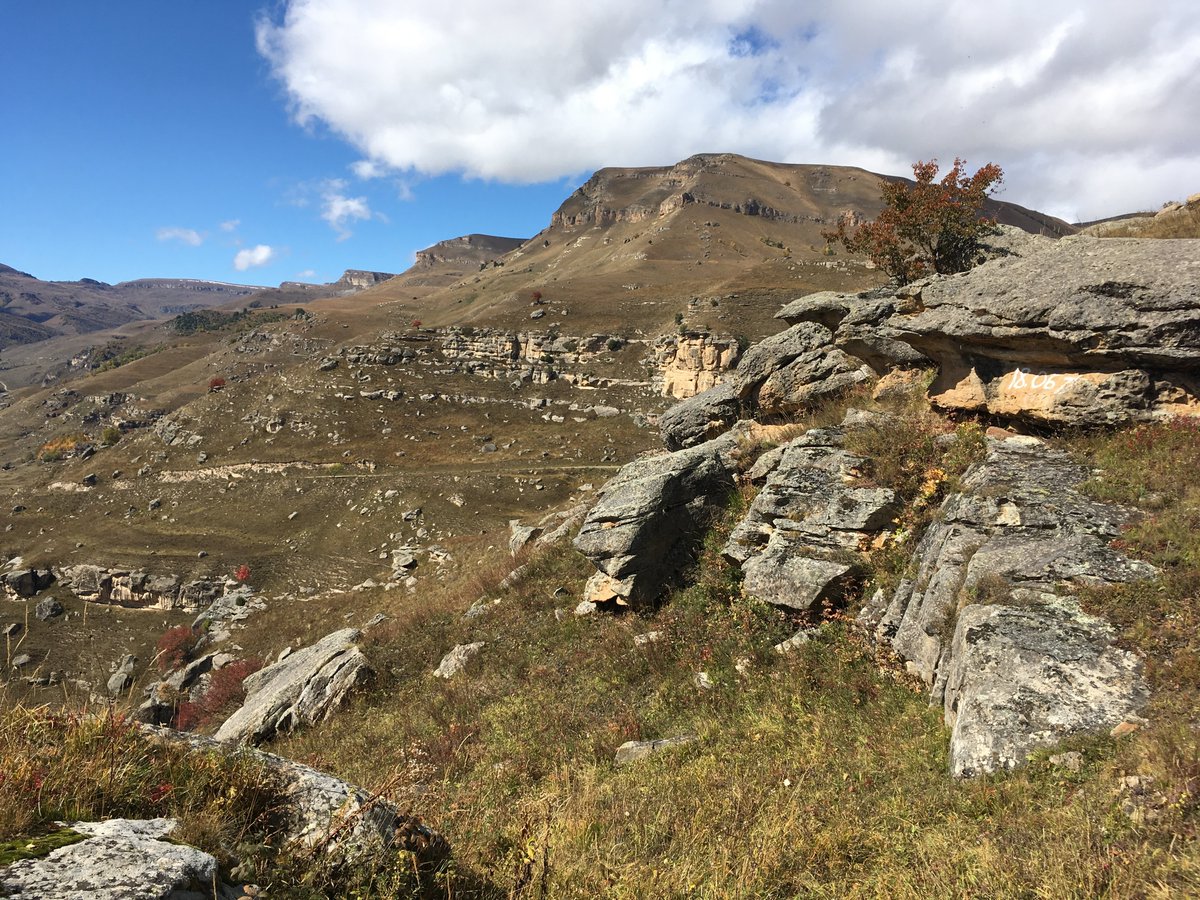 : those niches on the walls are individual burials (my husband Gleb is a great scale!)BH" title="2/9The Alans utilized rock walls and rock terraces to built their cemeteries. Sometimes they carved niches in the soft sandstone rock walls, as for example here in the Khasaut valleyhttps://abs.twimg.com/emoji/v2/... draggable="false" alt="📸" title="Camera with flash" aria-label="Emoji: Camera with flash">: those niches on the walls are individual burials (my husband Gleb is a great scale!)BH">
: those niches on the walls are individual burials (my husband Gleb is a great scale!)BH" title="2/9The Alans utilized rock walls and rock terraces to built their cemeteries. Sometimes they carved niches in the soft sandstone rock walls, as for example here in the Khasaut valleyhttps://abs.twimg.com/emoji/v2/... draggable="false" alt="📸" title="Camera with flash" aria-label="Emoji: Camera with flash">: those niches on the walls are individual burials (my husband Gleb is a great scale!)BH">
 : those niches on the walls are individual burials (my husband Gleb is a great scale!)BH" title="2/9The Alans utilized rock walls and rock terraces to built their cemeteries. Sometimes they carved niches in the soft sandstone rock walls, as for example here in the Khasaut valleyhttps://abs.twimg.com/emoji/v2/... draggable="false" alt="📸" title="Camera with flash" aria-label="Emoji: Camera with flash">: those niches on the walls are individual burials (my husband Gleb is a great scale!)BH">
: those niches on the walls are individual burials (my husband Gleb is a great scale!)BH" title="2/9The Alans utilized rock walls and rock terraces to built their cemeteries. Sometimes they carved niches in the soft sandstone rock walls, as for example here in the Khasaut valleyhttps://abs.twimg.com/emoji/v2/... draggable="false" alt="📸" title="Camera with flash" aria-label="Emoji: Camera with flash">: those niches on the walls are individual burials (my husband Gleb is a great scale!)BH">
 : view of the western terrace of Moshchevaia Balka; the cist tomb formations are now destroyed)BH" title="3/9Sometimes the Alans built cist tombs (a rock coffin) along rocky terraces and on rock ledges in forested gorges and mountain sides, as for example here at Moshchevaia Balka (https://abs.twimg.com/emoji/v2/... draggable="false" alt="📸" title="Camera with flash" aria-label="Emoji: Camera with flash">: view of the western terrace of Moshchevaia Balka; the cist tomb formations are now destroyed)BH" class="img-responsive" style="max-width:100%;"/>
: view of the western terrace of Moshchevaia Balka; the cist tomb formations are now destroyed)BH" title="3/9Sometimes the Alans built cist tombs (a rock coffin) along rocky terraces and on rock ledges in forested gorges and mountain sides, as for example here at Moshchevaia Balka (https://abs.twimg.com/emoji/v2/... draggable="false" alt="📸" title="Camera with flash" aria-label="Emoji: Camera with flash">: view of the western terrace of Moshchevaia Balka; the cist tomb formations are now destroyed)BH" class="img-responsive" style="max-width:100%;"/>
 is a detail of the collar)BH" title="5/9I studied kaftans at the Karachaevo-Cherkessk Regional Museum in Cherkessk (Russia). This is one of several nearly complete linen kaftans from Nizhnii Arkhyz that I closely examined (the header https://abs.twimg.com/emoji/v2/... draggable="false" alt="📸" title="Camera with flash" aria-label="Emoji: Camera with flash"> is a detail of the collar)BH" class="img-responsive" style="max-width:100%;"/>
is a detail of the collar)BH" title="5/9I studied kaftans at the Karachaevo-Cherkessk Regional Museum in Cherkessk (Russia). This is one of several nearly complete linen kaftans from Nizhnii Arkhyz that I closely examined (the header https://abs.twimg.com/emoji/v2/... draggable="false" alt="📸" title="Camera with flash" aria-label="Emoji: Camera with flash"> is a detail of the collar)BH" class="img-responsive" style="max-width:100%;"/>

 : intact wool lining on lower hem of kaftan from Nizhnii ArkhyzBH" title="7/9some kaftans were made of 1 layer of fabric, while others were lined w/ fleece or fur– summer and winter models! Some kaftans were plain linen, some had silk trim & still others were covered entirely w/ silkhttps://abs.twimg.com/emoji/v2/... draggable="false" alt="📸" title="Camera with flash" aria-label="Emoji: Camera with flash">: intact wool lining on lower hem of kaftan from Nizhnii ArkhyzBH" class="img-responsive" style="max-width:100%;"/>
: intact wool lining on lower hem of kaftan from Nizhnii ArkhyzBH" title="7/9some kaftans were made of 1 layer of fabric, while others were lined w/ fleece or fur– summer and winter models! Some kaftans were plain linen, some had silk trim & still others were covered entirely w/ silkhttps://abs.twimg.com/emoji/v2/... draggable="false" alt="📸" title="Camera with flash" aria-label="Emoji: Camera with flash">: intact wool lining on lower hem of kaftan from Nizhnii ArkhyzBH" class="img-responsive" style="max-width:100%;"/>
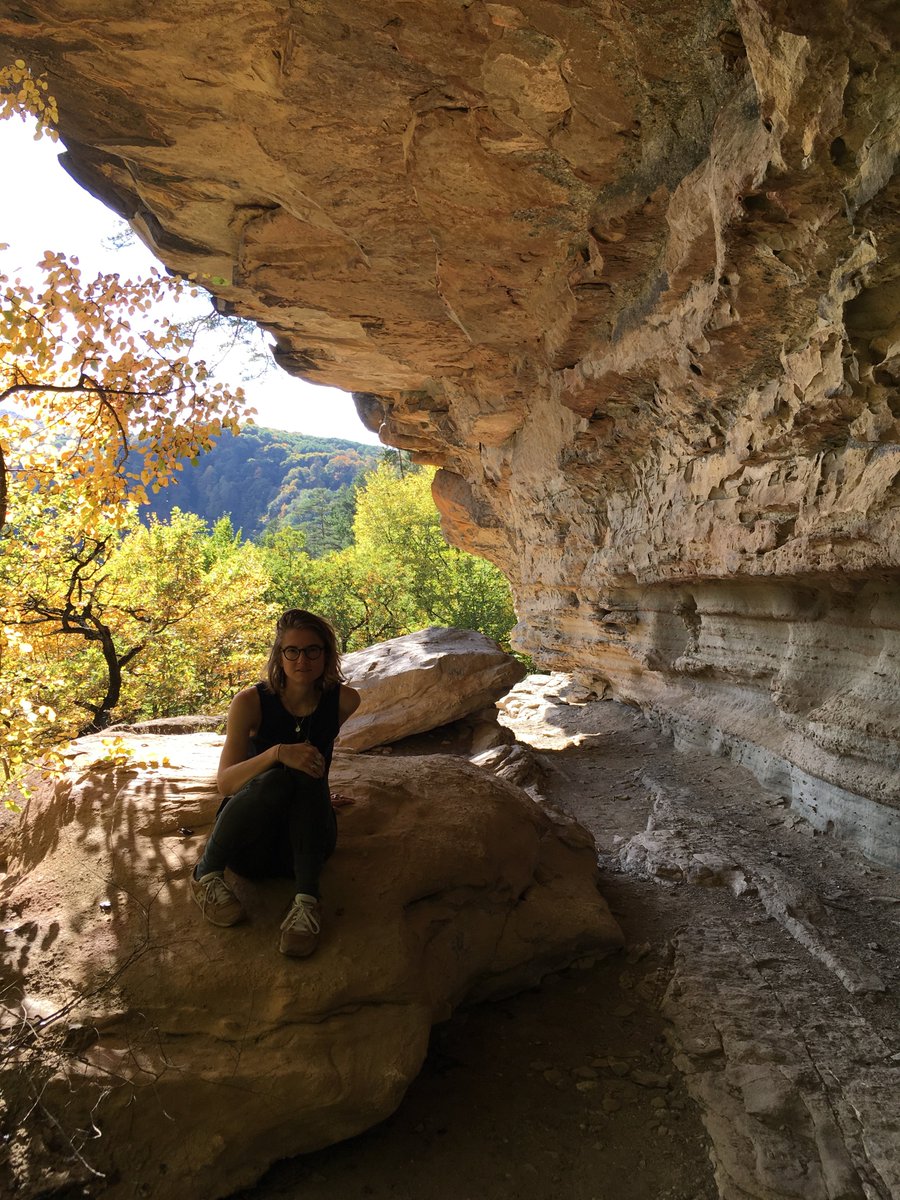 :at MB in 2019; 2012 w/ that kaftan on 1st visit @state_hermitageBH" title="8/9Moshchevaia Balka is esp. dear to me. A paper I wrote on the ‘senmurv’ kaftan from MB as an MA @NYUIFA 1st introduced me to the world of ancient fashion & all the things dress can do beyond cover & adornhttps://abs.twimg.com/emoji/v2/... draggable="false" alt="📸" title="Camera with flash" aria-label="Emoji: Camera with flash">:at MB in 2019; 2012 w/ that kaftan on 1st visit @state_hermitageBH">
:at MB in 2019; 2012 w/ that kaftan on 1st visit @state_hermitageBH" title="8/9Moshchevaia Balka is esp. dear to me. A paper I wrote on the ‘senmurv’ kaftan from MB as an MA @NYUIFA 1st introduced me to the world of ancient fashion & all the things dress can do beyond cover & adornhttps://abs.twimg.com/emoji/v2/... draggable="false" alt="📸" title="Camera with flash" aria-label="Emoji: Camera with flash">:at MB in 2019; 2012 w/ that kaftan on 1st visit @state_hermitageBH">
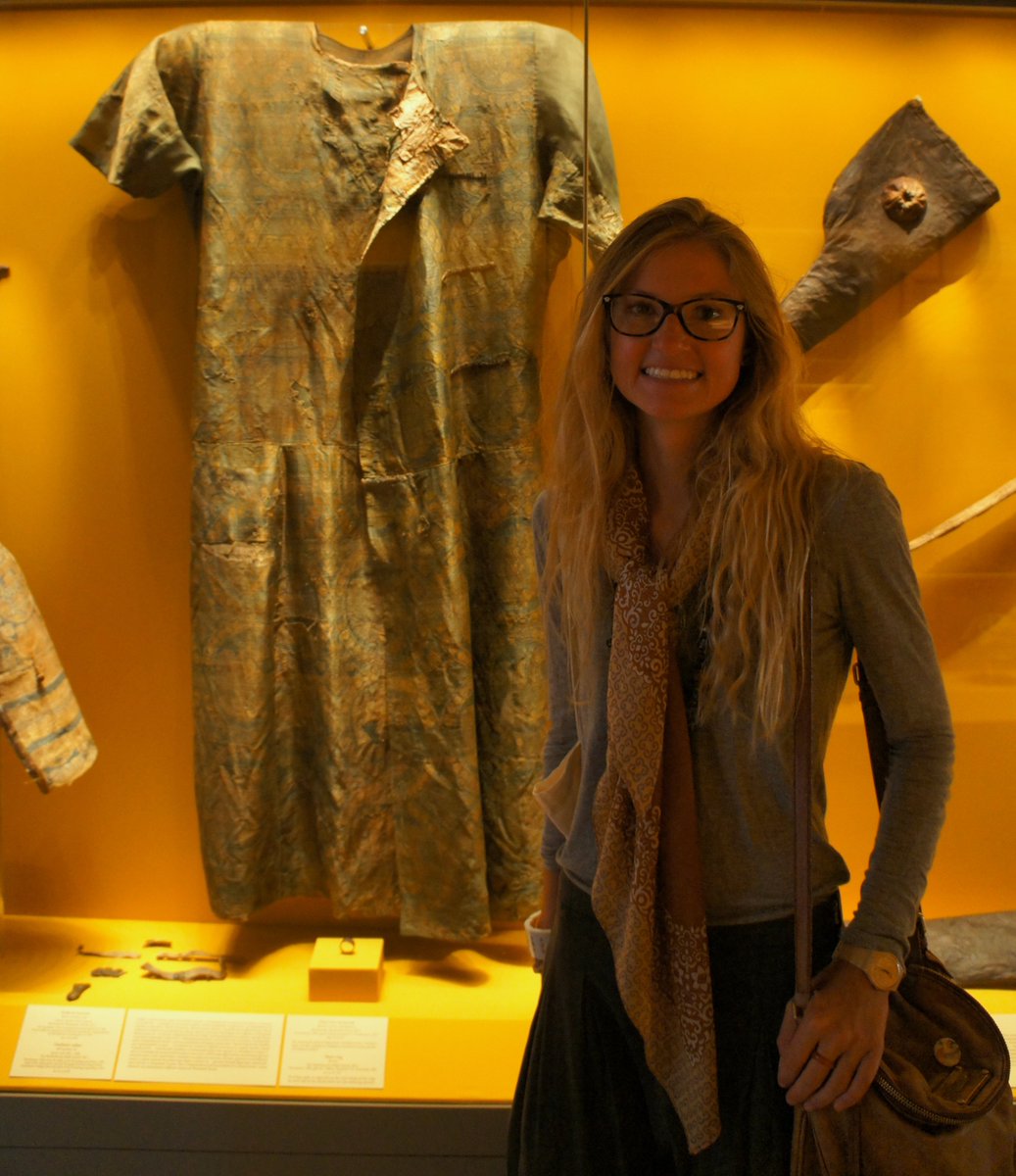 :at MB in 2019; 2012 w/ that kaftan on 1st visit @state_hermitageBH" title="8/9Moshchevaia Balka is esp. dear to me. A paper I wrote on the ‘senmurv’ kaftan from MB as an MA @NYUIFA 1st introduced me to the world of ancient fashion & all the things dress can do beyond cover & adornhttps://abs.twimg.com/emoji/v2/... draggable="false" alt="📸" title="Camera with flash" aria-label="Emoji: Camera with flash">:at MB in 2019; 2012 w/ that kaftan on 1st visit @state_hermitageBH">
:at MB in 2019; 2012 w/ that kaftan on 1st visit @state_hermitageBH" title="8/9Moshchevaia Balka is esp. dear to me. A paper I wrote on the ‘senmurv’ kaftan from MB as an MA @NYUIFA 1st introduced me to the world of ancient fashion & all the things dress can do beyond cover & adornhttps://abs.twimg.com/emoji/v2/... draggable="false" alt="📸" title="Camera with flash" aria-label="Emoji: Camera with flash">:at MB in 2019; 2012 w/ that kaftan on 1st visit @state_hermitageBH">
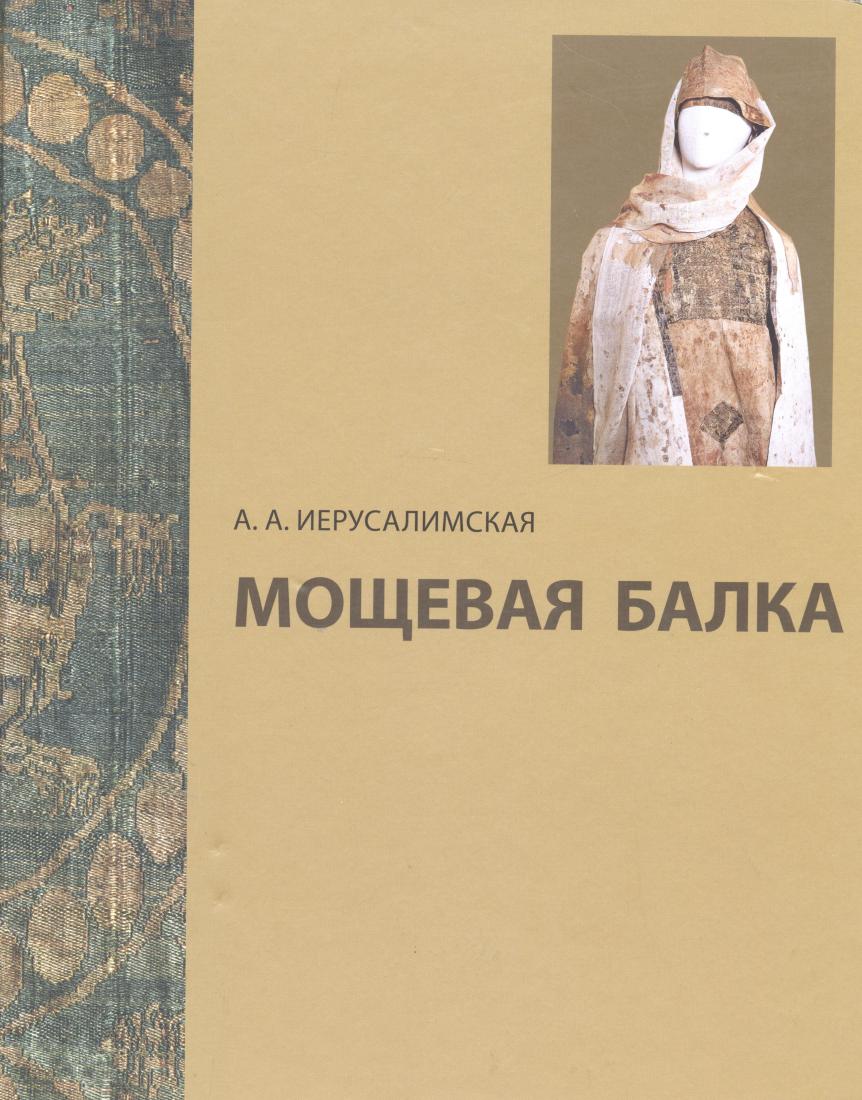 on Alanic dress check out the work of Anna Ierusalimskaia, Zvezdana Dode & Olga Orfinskaia! See esp Ierusalimskaia’s 2012 Moshchevaia Balka ( https://cornell.on.worldcat.org/oclc/8303... & Dode’s 2001 Srednevekovyi kostium narodov severnogo Kavkaza ( https://cornell.on.worldcat.org/oclc/4950..." title="9/9for further https://abs.twimg.com/emoji/v2/... draggable="false" alt="📚" title="Books" aria-label="Emoji: Books"> on Alanic dress check out the work of Anna Ierusalimskaia, Zvezdana Dode & Olga Orfinskaia! See esp Ierusalimskaia’s 2012 Moshchevaia Balka ( https://cornell.on.worldcat.org/oclc/8303... & Dode’s 2001 Srednevekovyi kostium narodov severnogo Kavkaza ( https://cornell.on.worldcat.org/oclc/4950...">
on Alanic dress check out the work of Anna Ierusalimskaia, Zvezdana Dode & Olga Orfinskaia! See esp Ierusalimskaia’s 2012 Moshchevaia Balka ( https://cornell.on.worldcat.org/oclc/8303... & Dode’s 2001 Srednevekovyi kostium narodov severnogo Kavkaza ( https://cornell.on.worldcat.org/oclc/4950..." title="9/9for further https://abs.twimg.com/emoji/v2/... draggable="false" alt="📚" title="Books" aria-label="Emoji: Books"> on Alanic dress check out the work of Anna Ierusalimskaia, Zvezdana Dode & Olga Orfinskaia! See esp Ierusalimskaia’s 2012 Moshchevaia Balka ( https://cornell.on.worldcat.org/oclc/8303... & Dode’s 2001 Srednevekovyi kostium narodov severnogo Kavkaza ( https://cornell.on.worldcat.org/oclc/4950...">
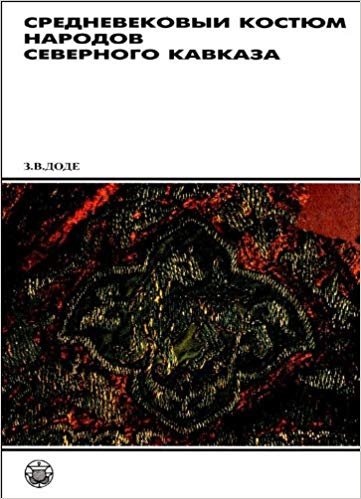 on Alanic dress check out the work of Anna Ierusalimskaia, Zvezdana Dode & Olga Orfinskaia! See esp Ierusalimskaia’s 2012 Moshchevaia Balka ( https://cornell.on.worldcat.org/oclc/8303... & Dode’s 2001 Srednevekovyi kostium narodov severnogo Kavkaza ( https://cornell.on.worldcat.org/oclc/4950..." title="9/9for further https://abs.twimg.com/emoji/v2/... draggable="false" alt="📚" title="Books" aria-label="Emoji: Books"> on Alanic dress check out the work of Anna Ierusalimskaia, Zvezdana Dode & Olga Orfinskaia! See esp Ierusalimskaia’s 2012 Moshchevaia Balka ( https://cornell.on.worldcat.org/oclc/8303... & Dode’s 2001 Srednevekovyi kostium narodov severnogo Kavkaza ( https://cornell.on.worldcat.org/oclc/4950...">
on Alanic dress check out the work of Anna Ierusalimskaia, Zvezdana Dode & Olga Orfinskaia! See esp Ierusalimskaia’s 2012 Moshchevaia Balka ( https://cornell.on.worldcat.org/oclc/8303... & Dode’s 2001 Srednevekovyi kostium narodov severnogo Kavkaza ( https://cornell.on.worldcat.org/oclc/4950..." title="9/9for further https://abs.twimg.com/emoji/v2/... draggable="false" alt="📚" title="Books" aria-label="Emoji: Books"> on Alanic dress check out the work of Anna Ierusalimskaia, Zvezdana Dode & Olga Orfinskaia! See esp Ierusalimskaia’s 2012 Moshchevaia Balka ( https://cornell.on.worldcat.org/oclc/8303... & Dode’s 2001 Srednevekovyi kostium narodov severnogo Kavkaza ( https://cornell.on.worldcat.org/oclc/4950...">


